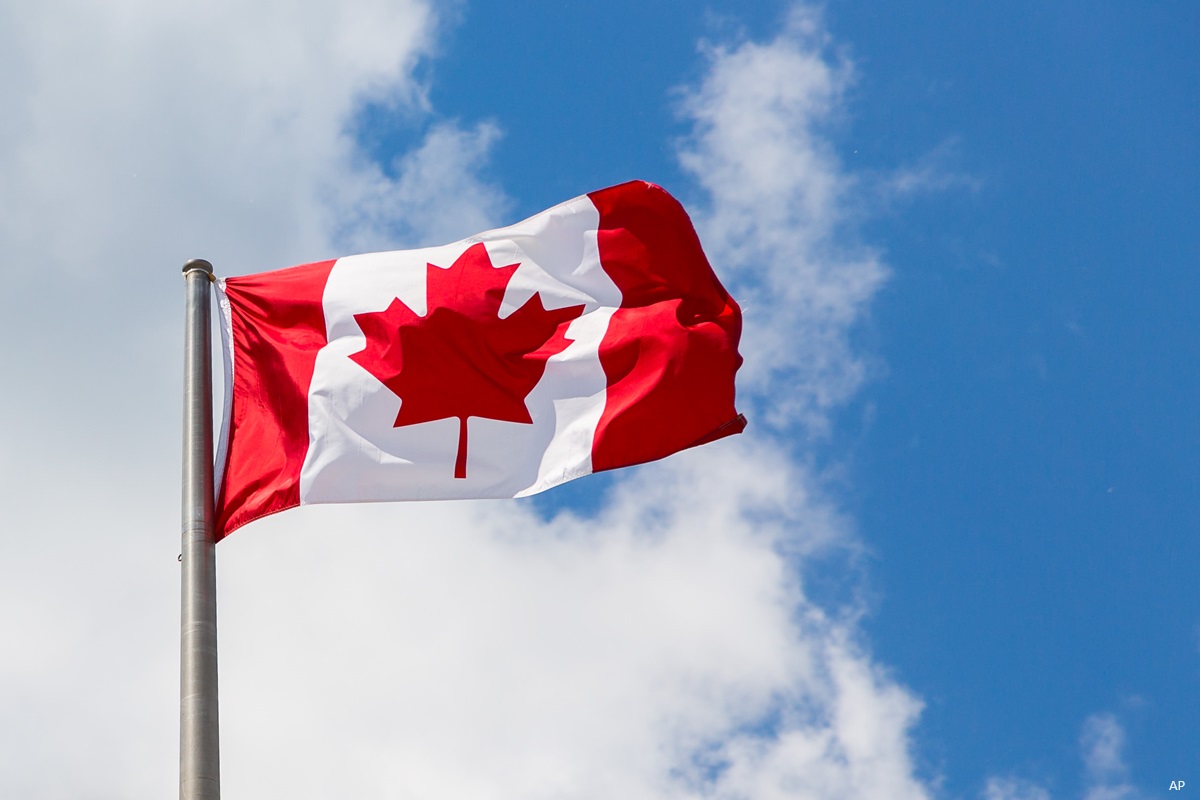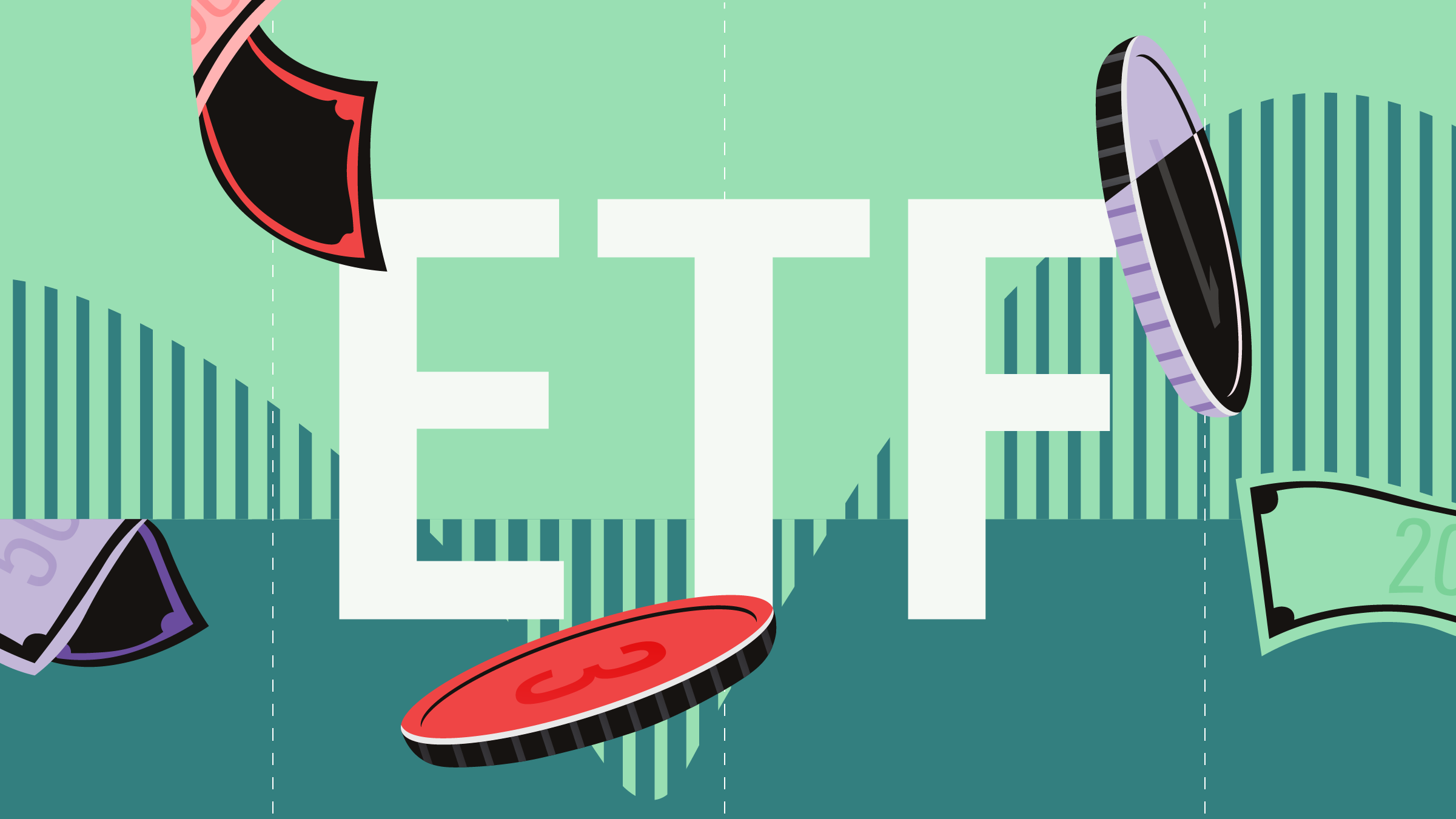
Thanks to ETFs, the field of passive investing is widening rapidly, with new niches and underlying indexes offered every day. Meanwhile, the world of active investing with traditional mutual funds is widening in Canada, with new talent, teams and strategies, and hybrid ETF options coming online.
There are lots of theoretical reasons to favour passive or actively managed funds, but in very concrete terms, today, where should you, passively or actively, put your money to work?
For an increasing number of money managers, passive ETFs are the choice by default. They claim that for most investment needs, there exist passive ETFs to satisfy them. John De Goey is one of those. “That’s my personal view: 100% of the time, I prefer a passive fund,” says the portfolio manager at Wellington-Altus Private Wealth.
“The theory behind passive management is very compelling, since the market incorporates decisions of millions of actors who make these decisions, and prices incorporate this,” says Daniel Straus, vice-president of ETF research and strategy at National Bank. “Yet markets can be subject to frenzies and panics. Do you want to ride that passively, or work against it.” That decision will determine how big an “active” part an investor keeps in his portfolio.
Active alternatives
Even if De Goey’s first choice is passive, that’s not where he lands all the time. “I turn to active management only if I can’t find a passive fund that covers a specific asset class,” De Goey concedes.
Such asset classes he favours are “alternate” investments, notably real estate. For example, he invests in the Centurion Real Estate fund; but as a private fund, that is not available to run-of-the-mill investors. There are however other real estate funds in the mutual fund space, for example, the Dynamic Global Real Estate Fund or the First Asset REIT Income Fund, both Morningstar 5-star rated funds.
Alternate classes are always a good idea in a portfolio because, as De Goey points out, “they are inversely related to markets; you get a better risk-adjusted return with assets that are weakly or negatively correlated to markets.” As a portfolio manager, he has access to such asset classes through exclusive vehicles like structured notes. “Recently, I moved a significant amount of money to a specific inverse note that goes up when the market goes down. I’m presently at the maximum of my budget for alternatives,” which is half of his whole equity allocation.”
The alternate field is rapidly opening up in the mutual fund area where managers mix asset classes, short-selling, options and leverage to obtain returns that are as weakly correlated to major equity markets as possible.
Market cycle moves
Allocating large chunks of capital to alternate classes is not always the way to go. It all depends on where we stand in the economic cycle. If markets are picking up after a sharp downturn, protecting one’s portfolio with alternative assets is not that strongly recommended.
However, as we have probably entered the final phase of the present cycle, they can be important building blocks of a portfolio. For example, for investors who have an end-of-cycle view, “covered call ETFs are ideal products to remain exposed to equities – shifting away from growth and into income-generating strategies,” proposes Chris Dutton, director of equity research at TD Securities. He puts forward the BMO Canadian High Dividend Covered Call ETF (ZWC) or its US-oriented version, the BMO US High Dividend Covered Call ETF (ZWH).
But there are other more classical vehicles to hold up a portfolio in choppy waters. An important one rests with low volatility funds, notably the actively managed low volatility ETFs BMO has lined up in different markets: Canada, US and global. For example, Dutton points to the BMO Low Volatility Canadian Equity ETF (ZLB), “With global geopolitical uncertainty on the rise and likely to remain elevated through next year, we believe equity volatility will remain elevated,” he says.
Calling on certain passive strategies can also contribute to holding up a fund in an end-of-cycle context. “Stocks that have solid fundamentals and, most importantly, that offer solid earnings growth, which are synonymous with quality stocks, these would be the stocks that get hit the least if global markets were to go into a recession,” says Dutton.
Daniel Straus points to actively managed preferred shares ETFs, “like the one by Horizons, that persistently outperforms its index, he notes. Managers know when the index buys and sells, and can tiptoe around what the index can’t avoid.”
Manage bond risk
Bonds are an area where active management can make a difference. “One thing clients don’t recognize is that there are many types of risk attached to bonds, like senior secured or unsecured debt, or subordinate,” says Steve Locke, senior vice-president, and head of the fixed income team at Mackenzie Investments. By playing with these factors and others, he adds, “an active approach can often produce a greater risk-adjusted return compared to passive.”
Of course, duration and credit risk are other variables an active manager can optimize. Locke gives the example of certain fallen angels (a company whose debt rating has fallen below investment grade). As a rule, passive funds can’t hold such assets, but an active manager with a large enough mandate can, especially if he finds that the company is reducing the weight of its debt and improving its rating. “On the other hand, we might let go of a star company that is borrowing more thanks to a greater acceptance of its debt, but whose debt profile is eroding.”
And active management can weigh a debt portfolio in view of the economic cycle. “Presently, we have reduced our corporate bond allocation by 10% in advance of a potential risk-off market,” Locke notes.
Questions of personality
Investors should remember that choosing an active or passive path hinges on many questions that stand upstream in relation to the choice of specific funds. For example, the question of fees is important. Between an actively managed ETF and an actively managed mutual fund, one has to decide if the performance of a mutual fund justifies its fee, which is usually higher.
A key question also concerns the investor type you are. How hands-on do you want to be? If you build a fully passive portfolio, that means all buy/sell, risk and exposure decisions will be yours to make. With a more active portfolio, you delegate those decisions either mostly to an algorithm, in the case of an ETF, to a manager in the case of a mutual fund.
“It’s very much a personal decision,” notes Dan Hallett, vice-president and principal of Highview Financial Group. “The vast majority of investors are unable to stick to basic, broad exposures. People just don’t do it. It’s too boring. And when things get tough, they will just abandon their strategy and let their emotions derail.”
So like many other questions when it comes to investment, choosing between active and passive boils down to a classic adage: “Investor, know thyself”.























